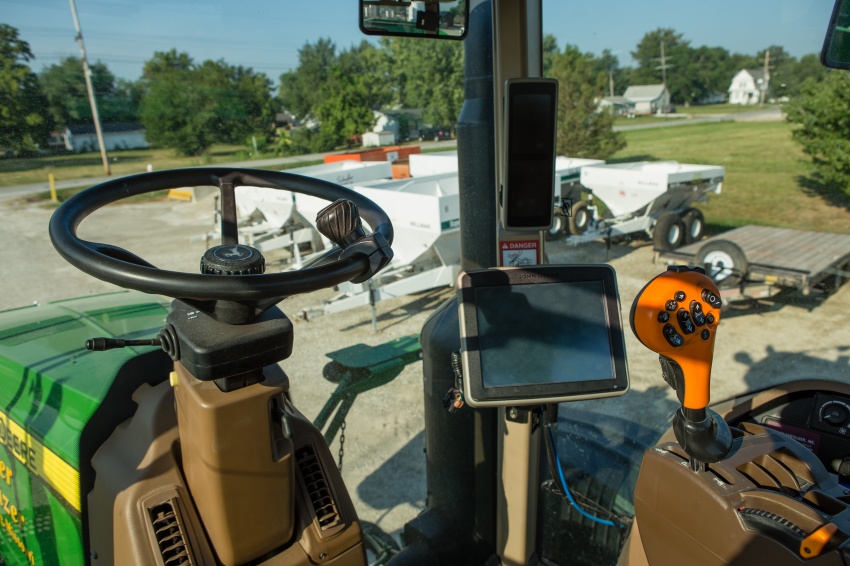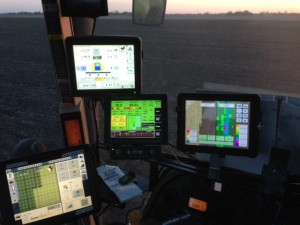Breaking Down Big Data

Discovering the value of integrating big data on your farm
While the idea of using big data for agriculture may sound complex, it essentially boils down to analyzing the vast amounts of data generated on the farm to reveal insightful patterns and trends. Recent advancements in precision agriculture, telematics and data analytics have paved the way for the next important step forward in agriculture: incorporating big data on the farm.
Farm data comes from a wide variety of sources. Planters, combines, sprayers, soil tests, remote rainfall monitors and more are just some of the primary tools farmers may employ to record and analyze the efficiency of their operations.
Farmers feed this information into analytical software to develop highly detailed, valuable production plans capable of:
- Increasing yield
- Maximizing resources
- Improving sustainability
 Adam Watson, a soybean farmer near Villa Grove, Illinois, is one of many farmers who has embraced this new wave of digital agriculture to enhance his family’s farming operations. He says the information that can be gleaned from his farm’s data is of great worth.
Adam Watson, a soybean farmer near Villa Grove, Illinois, is one of many farmers who has embraced this new wave of digital agriculture to enhance his family’s farming operations. He says the information that can be gleaned from his farm’s data is of great worth.
“We have all of this farm data that we’re now able to analyze and evaluate to improve how we’re managing our farm,” Watson says. “It’s really incredible what you can learn and how you can identify ways to improve your efficiency and profitability. Every bushel counts and if you’re not making use of your data, you’re probably missing an opportunity.”
Watson got into big data by starting with yield mapping and began incorporating additional technologies as he grew more familiar with the process. He now uses multiple management programs from a few different companies to analyze his farm data.
“All of the data we collect is georeferenced, so we can easily identify problems within our fields and take the proper steps to correct those issues,” says Watson. “We then use the prescriptive recommendations we receive from our farm-management software to decide the best varieties to plant, proper seeding rates and how much fertilizer to put down. Each of these variables is designed to align with our specific soils and the productivity index of each section of farmland.”
Farming in the Cloud
The advent of cloud-computing technology has given farmers the ability to access real-time data about their farming operations. Farm machinery sensors beam harvest data, rainfall totals and other information directly to internet-based servers for on-demand access.
“Connectivity to the cloud has made it much easier for farmers to take full advantage of the data they are generating,” says Scott Shearer, Ph.D., a professor and chair of the Department of Food, Agricultural and Biological Engineering at Ohio State University. “Auto-syncing data from the field greatly improves the chances that the data will be properly recorded and used by farmers.”
Watson wholeheartedly agrees that having his farm’s data streamlined to cloud-based farm-management programs is of great value.
“We run a lot of field trials on varieties, foliar feedings, inputs and tillage practices. It’s amazing to have that data automatically uploaded to the cloud,” Watson says. “It saves us a lot of time, effort and paperwork. It also makes it much easier for us to compare results, analyze trends and arrive at decisions quicker.”



